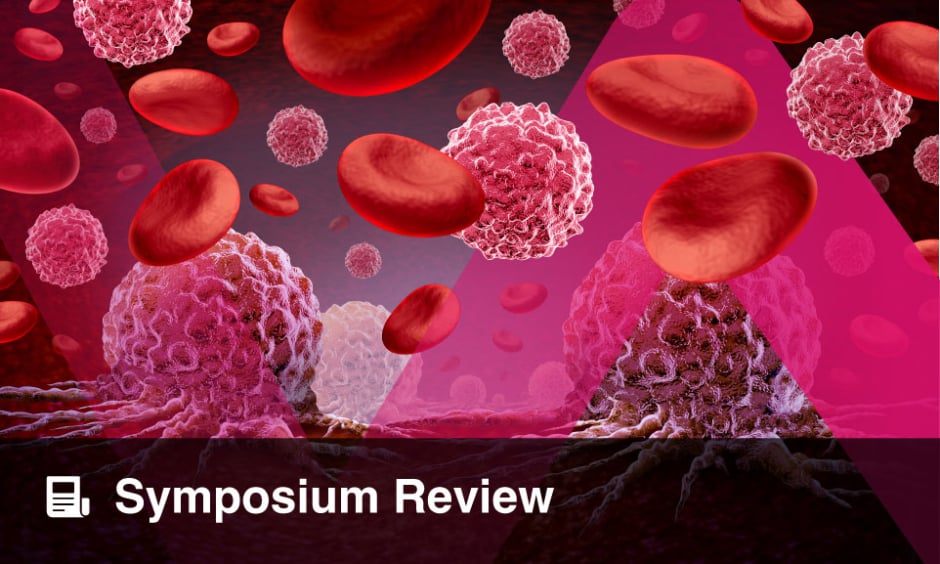CHILDREN with sickle cell anaemia (SCA) in Sub-Saharan Africa face a heightened risk of malnutrition, which exacerbates already high mortality rates. Despite the severe consequences of both conditions, standard SCA care rarely addresses nutritional needs. Ready-to-use therapeutic foods (RUTFs) have proven effective in treating severe acute malnutrition in children without SCA, yet their implementation has been limited by adherence challenges. Factors such as taste aversion, household sharing, transportation difficulties and stigma have all contributed to inconsistent outcomes in previous studies.
To investigate the feasibility of RUTF for children with SCA, the SAMS trial in Nigeria enrolled 108 children aged five to twelve with severe acute malnutrition. Participants received RUTF, with or without hydroxyurea, over twelve weeks. Results demonstrated safety and feasibility: 94% of children gained weight and 84% showed improved BMI z-scores. However, most remained in the severely malnourished category, and 63% of households reported sharing the RUTF, highlighting potential barriers to optimal nutritional outcomes.
Focus group discussions with caregivers revealed person-level and contextual factors affecting adherence. Caregivers’ beliefs about nutrition and treatment efficacy evolved as they observed improvements in their children, increasing motivation to follow RUTF regimens. Low self-efficacy, often stemming from limited decision-making power in patriarchal households, affected the ability to provide consistent nutrition. Involving fathers and improving women’s financial independence were suggested strategies to enhance adherence.
Contextual factors such as cultural norms, communal eating practices, religion, finances and child food preferences also played a significant role. Caregivers adapted strategies to optimise adherence, including modifying RUTF preparation, adjusting mealtime schedules and limiting participants during meals. Peer support and community engagement were also identified as valuable resources for maintaining adherence.
The study’s mixed-methods approach provides novel insights into barriers and facilitators to RUTF adherence in children with SCA. While limited by self-reported data and a lack of direct child perspectives, the findings highlight the importance of culturally sensitive, family-centred interventions. Future programmes should focus on educational strategies, counselling checklists and inclusive approaches that engage both caregivers and children to improve adherence and nutritional outcomes in this high-risk population.
Reference
Brechko A et al. Adherence to ready-to-use therapeutic food in older children with sickle cell anaemia and severe acute malnutrition: a mixed-methods study in a low-income setting. BMJ Glob Health. 2025;10(8):e019096.








